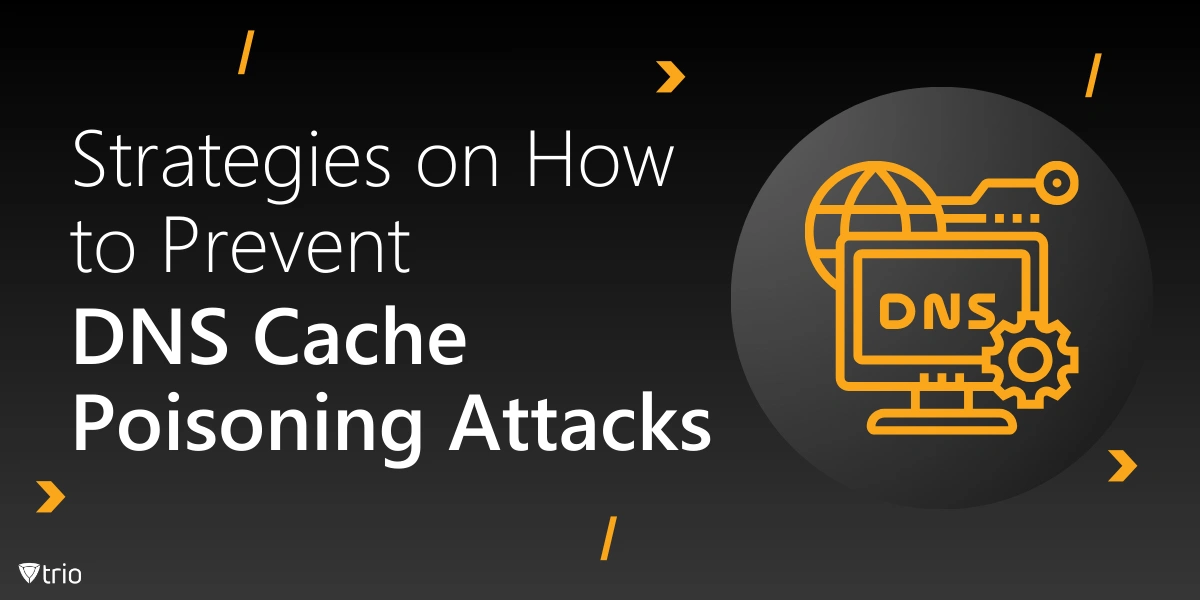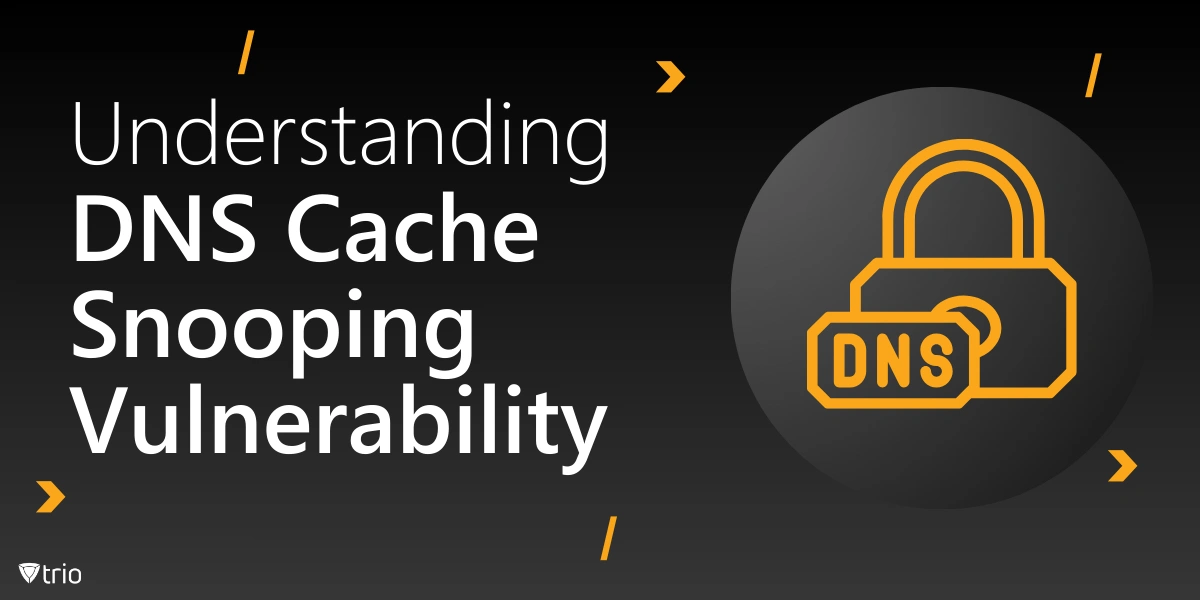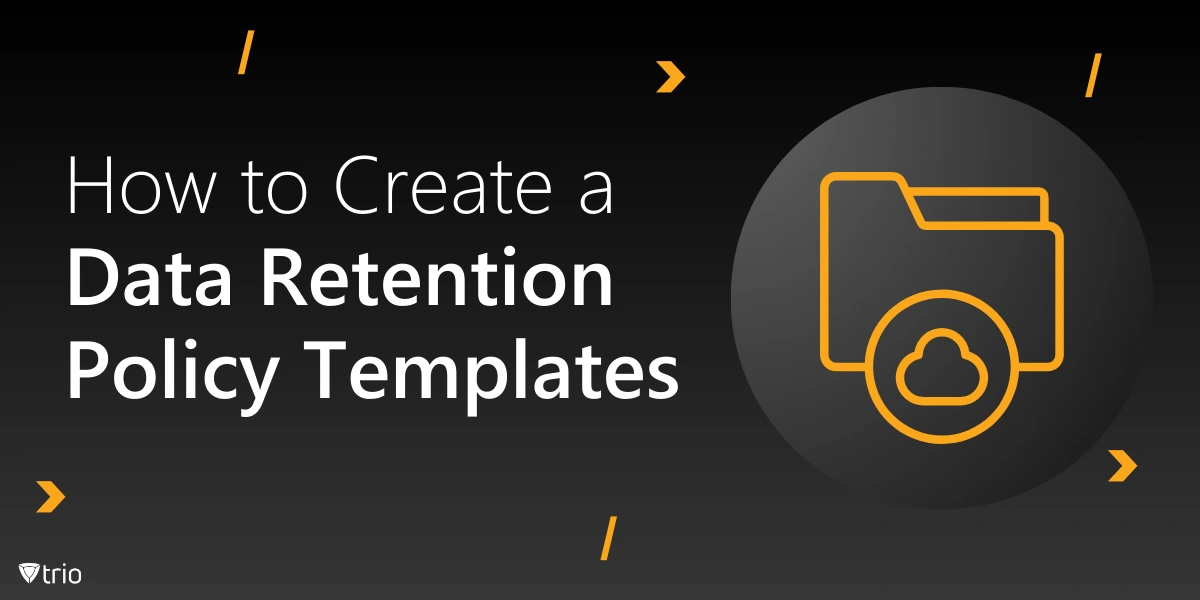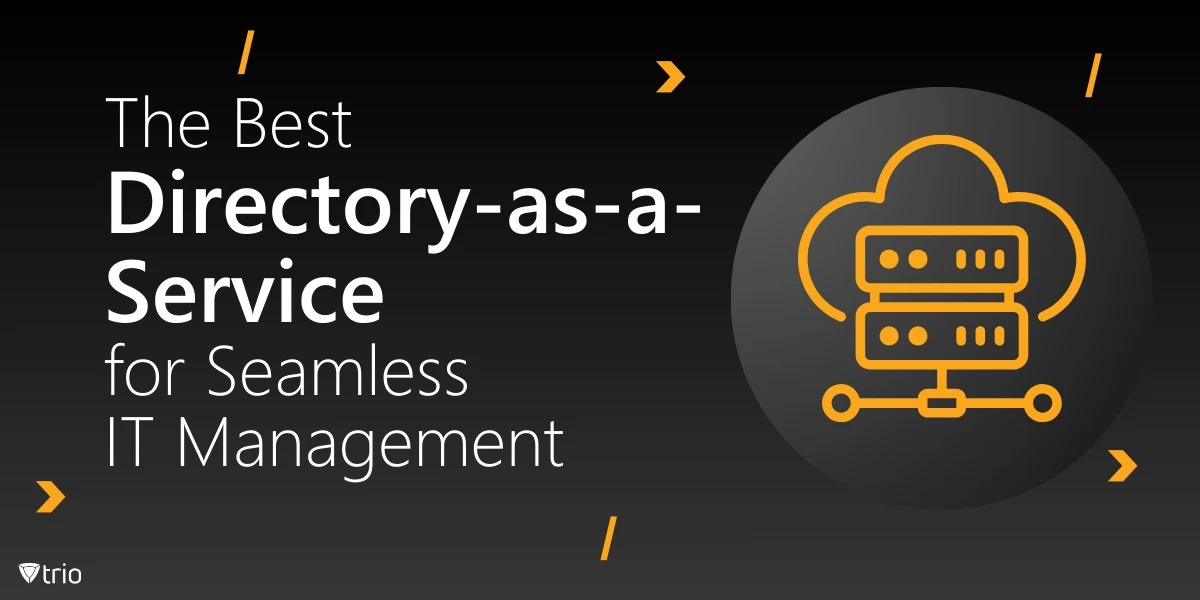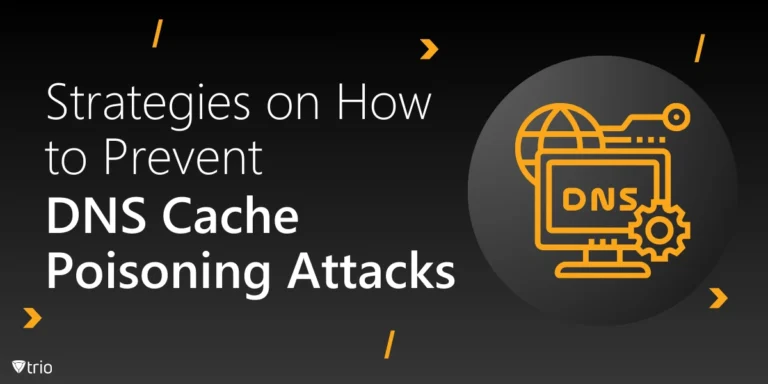In the age of relentless cyber threats, one particularly sinister type of attack often flies under the radar: DNS cache poisoning. Imagine you’re an online retailer, and customers are the lifeblood of your business. One day, you receive a surge of complaints from customers about being unable to access your website. You frantically investigate the issue, only to discover that attackers have poisoned your DNS cache, redirecting customers to a fraudulent website that mimics your own. This is a chilling real-life example of a DNS cache poisoning attack, a devious cyberattack that can wreak havoc on businesses and individuals alike. This blog delves into the mechanics of this attack, the havoc it can wreak, and actionable strategies to protect your systems and data. Let’s explore how to prevent DNS cache poisoning attacks effectively and maintain robust network security.
The Critical Role of DNS Security in Safeguarding Web Traffic
The Domain Name System (DNS) serves as the internet’s address book, translating human-readable domain names (like example.com) into IP addresses that computers use to locate websites and services. While DNS is indispensable for seamless web browsing, it is not immune to vulnerabilities.
One such threat, DNS cache poisoning, occurs when attackers inject false DNS records into a DNS resolver’s cache. This causes users to be redirected to malicious IP addresses or fraudulent websites, putting sensitive information, such as login credentials and financial data, at risk.
A DNS cache poisoning attack can have devastating consequences, including data theft, service disruption, and damage to brand reputation. In today’s world, ensuring DNS security is more critical than ever to protect web traffic from being hijacked.
How DNS Cache Poisoning Works
DNS cache poisoning is not just a technical issue—it’s a gateway for attackers to compromise web traffic and sensitive information on a massive scale. By exploiting weaknesses in DNS infrastructure, attackers can manipulate DNS records to redirect users to fraudulent websites without their knowledge. This breach in trust not only jeopardizes individual login credentials but also undermines the overall reliability of the domain name system (DNS), making robust detection and prevention measures critical.
Exploiting DNS Resolver Vulnerabilities
DNS cache poisoning exploits the inherent weaknesses of DNS resolvers. Attackers target vulnerabilities such as outdated resolver software or insufficient validation mechanisms. Methods like DNS spoofing and amplification attacks are often used. DNS spoofing involves attackers forging DNS responses to redirect traffic to a malicious website or fake site. Amplification exploits DNS servers to overwhelm a target system, further increasing the attack’s impact.
A comprehensive vulnerability management strategy is essential in identifying and addressing weaknesses in DNS resolvers. Regular scans and patching can help prevent attackers from exploiting outdated software.
Impact on End-Users
For end-users, the consequences are immediate and often catastrophic. They might unknowingly land on a malicious website that mimics a legitimate website, putting sensitive information like credit card details at risk.
DNS cache poisoning can also cause users to be unable to access trusted services, disrupting business operations and eroding customer trust. The attack opens doors to phishing, malware distribution, and broader data breaches, affecting individuals and organizations alike.
DNS Spoofing vs. DNS Cache Poisoning
DNS spoofing and DNS cache poisoning are related but distinct attacks. DNS spoofing involves forging DNS responses to redirect users to malicious websites in real-time, often bypassing DNS resolvers. On the other hand, DNS cache poisoning targets a resolver’s cache, injecting false records that persist until the cache expires. While DNS spoofing is typically a one-off attack, DNS cache poisoning can have longer-lasting effects, affecting multiple users who rely on the compromised resolver. Both methods pose significant threats, but cache poisoning can cause broader, more systemic disruptions.

Strengthening DNS Defenses with Proven Prevention Strategies
Preventing DNS cache poisoning attacks requires a combination of proactive measures and regular system monitoring. By focusing on secure configurations, adopting modern protocols like DNSSEC, and leveraging tools like DNS filtering, IT administrators can build a robust defense. However, no single solution can fully eliminate risks. A comprehensive strategy, incorporating multiple layers of protection and frequent updates, is essential to safeguard DNS data from malicious actors and ensure a secure browsing experience for users.
DNSSEC: Adding Digital Signatures to DNS Records
DNS Security Extensions (DNSSEC) add a layer of security to the DNS by incorporating digital signatures into DNS records. These signatures allow resolvers to verify the authenticity of DNS data, reducing the risk of tampered responses.
However, deploying DNSSEC is not without challenges. It requires careful configuration and maintenance, and its adoption is still limited across the internet. Nevertheless, it remains a foundation for combating DNS cache poisoning.
DNS Filtering and Blocking
Implementing DNS filtering can block access to known malicious domains, preventing users from inadvertently visiting fraudulent websites. By maintaining updated DNS blacklists and whitelists, organizations can redirect traffic away from harmful destinations.
While DNS filtering is effective, it must be configured carefully to avoid over-blocking, which might prevent access to legitimate websites and disrupt normal operations.
DNS Caching Best Practices
Using up-to-date DNS resolver software is a simple yet effective measure to minimize vulnerabilities. Configuring short TTLs (Time-To-Live) for DNS records reduces the window of opportunity for attackers to exploit cached data.
Recursive resolvers, when secured, can enhance performance while mitigating risks. IT administrators must prioritize the security implications of recursive DNS configurations to hinder attacks.
Network-Level Security Measures
Firewalls and intrusion detection systems (IDS/IPS) play an important role in preventing DNS attacks. These tools monitor and filter web traffic, identifying suspicious DNS activity and blocking malicious requests.
Proper firewall configuration is crucial for blocking malicious DNS requests. Configuring firewalls to inspect DNS traffic helps identify and prevent suspicious activities before they reach the internal network.
Network segmentation adds an additional layer of protection by isolating critical systems from general web traffic, limiting the attack surface available to adversaries.
Regular Updates and Monitoring
Ensuring that DNS resolver software and operating systems are regularly updated with security patches is a fundamental defense strategy. Threat actors often exploit outdated systems, making proactive updates critical. Implementing monitoring and logging systems enables early DNS cache poisoning detection, allowing IT teams to identify and respond to attacks before they escalate.
Mitigating DNS Cache Poisoning at IT Admin/Organization Level
While individual security measures are crucial for mitigating DNS cache poisoning attacks, an organization-wide strategy is even more effective. IT administrators must integrate these measures into a cohesive framework that aligns with their network architecture and operational needs. A layered approach, combining proactive defenses and reactive plans, ensures comprehensive protection against evolving threats like DNS cache poisoning and DNS spoofing. This section outlines actionable steps that IT teams can implement to strengthen their DNS infrastructure and protect sensitive information.
Implement DNSSEC
Deploying DNSSEC organization-wide ensures that all DNS data is validated for authenticity. IT admins should configure DNSSEC accurately and monitor its performance to prevent misconfigurations.
Deploy a DNS Firewall
A dedicated DNS firewall can filter out malicious DNS traffic and block access to known threats. By allowing only legitimate website traffic, organizations can significantly reduce the risk of DNS cache poisoning attacks.
Implement Intrusion Detection/Prevention Systems (IDS/IPS)
Intrusion detection and prevention systems offer an additional layer of security by monitoring DNS traffic for suspicious activity. These systems can automatically block spoof DNS attempts and alert administrators to potential threats.
Protecting Devices with Encryption Against DNS Cache Poisoning
Encrypting devices that access DNS services through device encryption ensures that even if an attack occurs, sensitive data remains protected, reducing the overall impact of a DNS cache poisoning attack.
Regularly Audit DNS Configurations
Periodic audits of DNS server configurations help identify misconfigurations and vulnerabilities. Addressing these issues promptly ensures that DNS infrastructure remains secure against evolving threats.
Employee Training
Human error is a common entry point for cyberattacks. Training employees to recognize phishing attempts, avoid fake websites, and practice safe browsing habits can significantly reduce the risk of a DNS cache poisoning attack.
Incident Response Plan
Having a robust cybersecurity incident response plan in place enables organizations to quickly identify, contain, and mitigate DNS cache poisoning attacks. Regular drills and updates to the plan ensure preparedness for real-life scenarios.

How Trio Can Help Prevent DNS Cache Poisoning
Trio Business offers a comprehensive mobile device management (MDM) solution for SMBs, simplifying device deployment, security, and monitoring. With features such as remote device lock and automated patch management, it focuses on enhancing productivity while ensuring security compliance.
With Trio, organizations can streamline DNS management and bolster their defenses against DNS cache poisoning attacks.
Schedule a free demo today to see how Trio can secure your organization against DNS threats.
Conclusion
DNS cache poisoning is a pervasive threat with far-reaching consequences. By understanding its mechanics and implementing robust security measures, IT professionals can effectively mitigate this risk.
From deploying DNSSEC and firewalls to training employees and adopting monitoring tools, a layered approach to DNS security is essential. Stay informed, proactive, and vigilant to safeguard your organization’s sensitive information and ensure uninterrupted access to legitimate websites.
